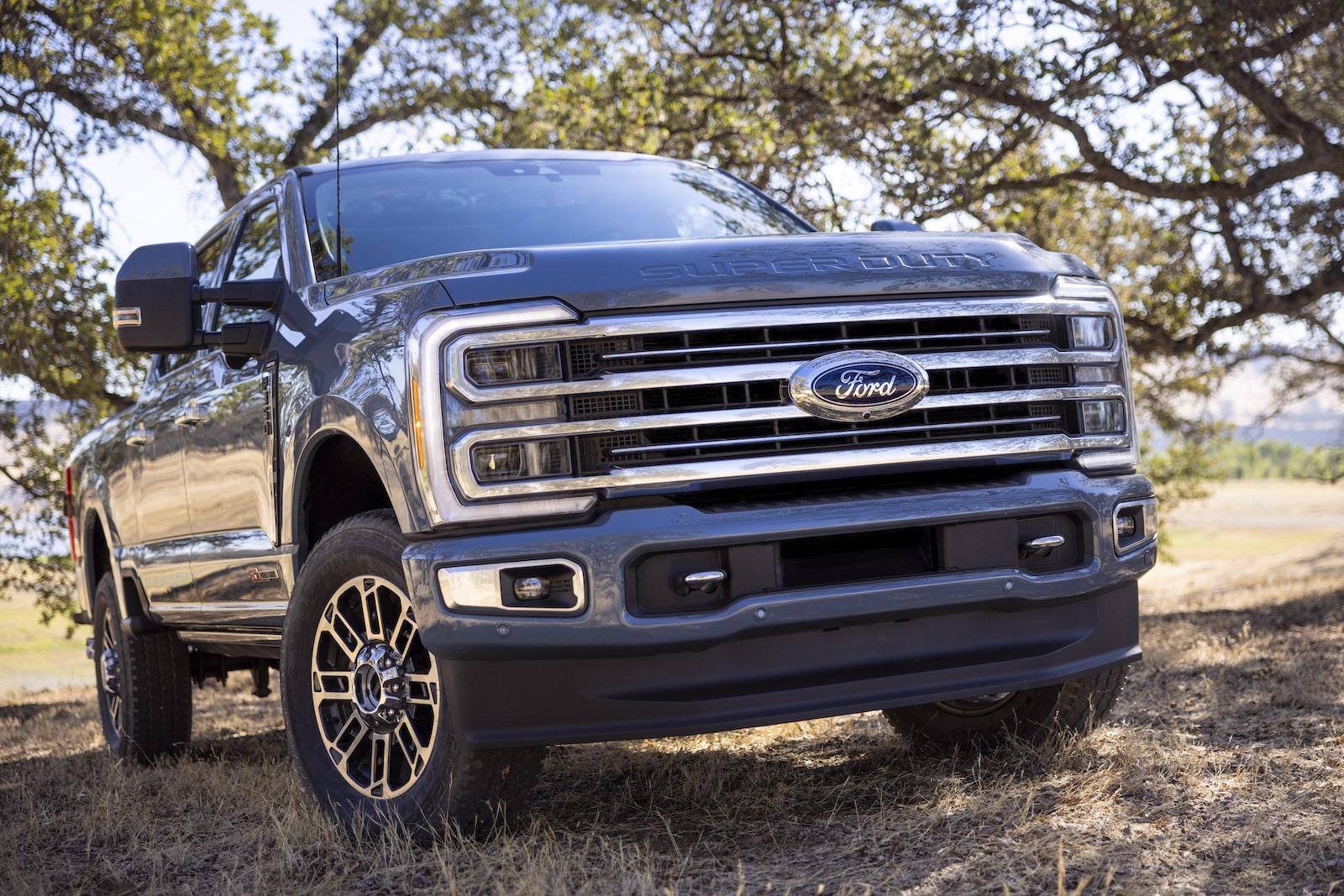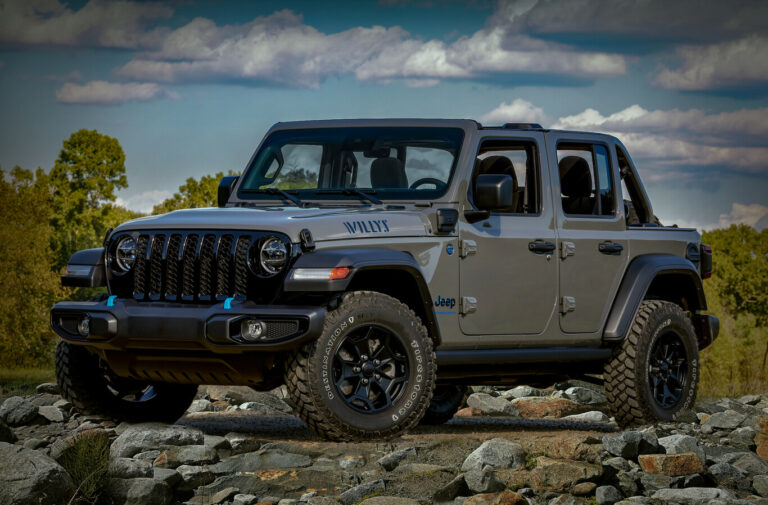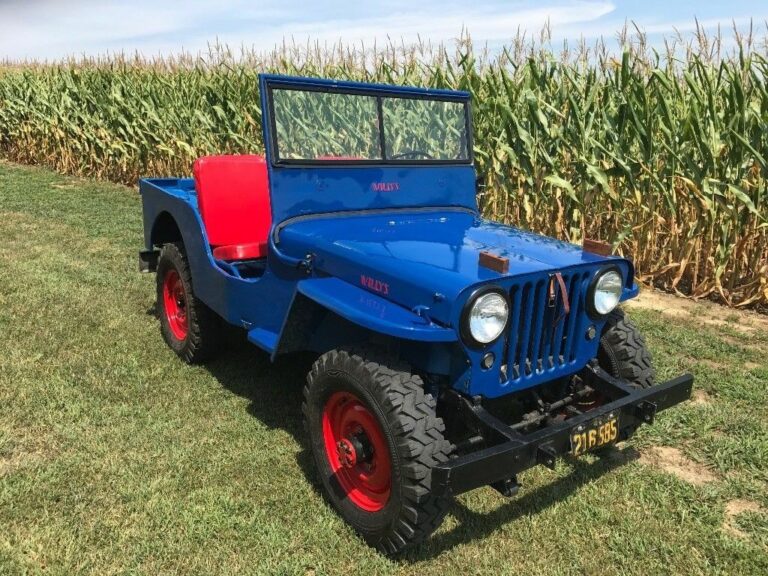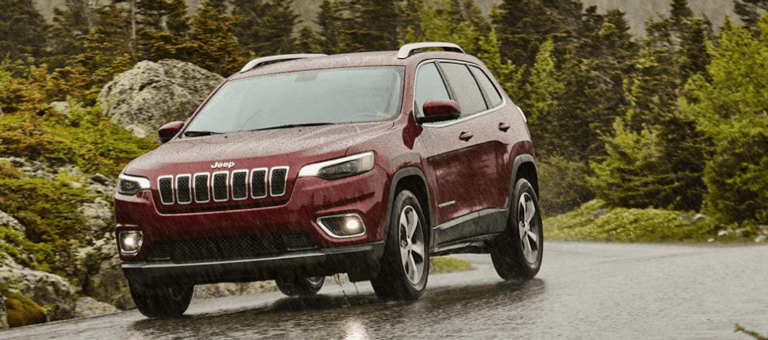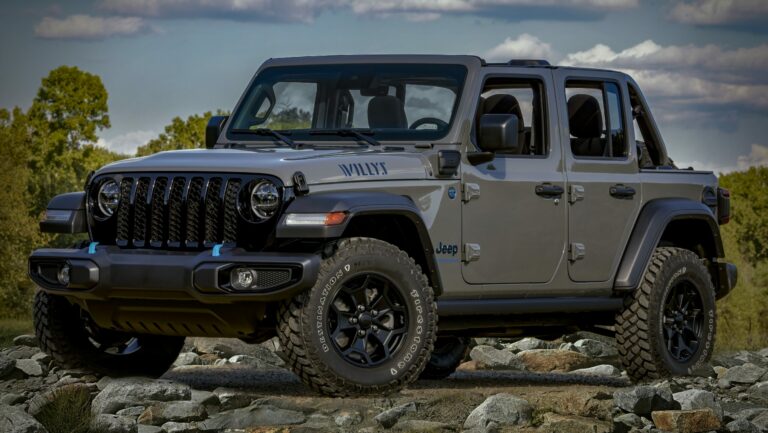Ford Bronco Vs Jeep Wrangler: The Ultimate Off-Road Showdown
Ford Bronco Vs Jeep Wrangler: The Ultimate Off-Road Showdown jeeps.truckstrend.com
In the rugged world of off-road vehicles, two names stand tall as titans of capability and adventure: the Ford Bronco and the Jeep Wrangler. For decades, the Jeep Wrangler has reigned supreme as the quintessential go-anywhere machine, a direct descendant of the military vehicles that pioneered off-roading. However, with its triumphant return, the Ford Bronco has re-ignited an old rivalry, challenging the Wrangler’s dominance with a blend of heritage, modern technology, and formidable off-road prowess.
This article delves deep into the Ford Bronco vs. Jeep Wrangler debate, offering a comprehensive comparison designed to help enthusiasts, adventurers, and potential buyers navigate the nuances of these two iconic vehicles. We’ll explore their legacies, dissect their designs, pit their off-road capabilities against each other, analyze their on-road manners, compare their powertrains, and discuss the vast world of customization. Understanding the strengths and weaknesses of each will be crucial in determining which beast is the right fit for your next wilderness expedition or daily commute.
Ford Bronco Vs Jeep Wrangler: The Ultimate Off-Road Showdown
I. A Legacy Forged in Dirt: Brief History and Philosophy
The stories of the Ford Bronco and Jeep Wrangler are steeped in automotive lore, each shaping its distinct philosophy.
Jeep Wrangler: The Wrangler’s lineage traces directly back to the Willys MB, the utilitarian workhorse of World War II. This military heritage instilled in Jeep a core philosophy of uncompromising off-road capability, durability, and simplicity. Over generations, while comfort and technology have improved, the Wrangler has largely adhered to its original, robust design: solid axles, removable doors and roof, and a focus on conquering the toughest terrain. It represents the purest form of an off-road vehicle, prioritizing articulation and low-speed crawling.
Ford Bronco: The original Ford Bronco, launched in 1966, was Ford’s answer to the burgeoning recreational 4×4 market, directly competing with the early Jeeps. It quickly became an icon, known for its ruggedness and classic styling. After a long hiatus (the last true Bronco was produced in 1996), Ford resurrected the nameplate in 2021, not just as a competitor, but as a direct challenge to the Wrangler’s crown. The new Bronco aims to blend its cherished heritage with modern engineering, offering exceptional off-road capability alongside a more refined on-road experience and advanced technology, appealing to a broader audience than just hardcore off-road purists.
II. Design and Aesthetics: Form Meets Function
Both vehicles offer a distinct visual appeal, rooted in their functional design.
Exterior:
- Jeep Wrangler: The Wrangler’s exterior is instantly recognizable: classic boxy silhouette, round headlights, the iconic seven-slot grille, exposed door hinges, and chunky tires. Its design screams "utility" and "adventure." A hallmark feature is its extreme modularity – not only can the roof be removed (soft top, hardtop, or Sky One-Touch power top), but the doors can also be completely detached, offering an unparalleled open-air experience. The windshield can even be folded down on some models.
- Ford Bronco: The Bronco pays homage to its first-generation predecessor with its retro-modern styling. It features a squarer stance, distinctive full-width grille with "BRONCO" lettering, and unique C-shaped headlights. Like the Wrangler, the Bronco offers removable doors (frameless for easier storage) and various roof configurations (soft top, modular hardtop). While it also embraces the open-air concept, its execution feels a bit more integrated and refined. The overall aesthetic is rugged but with a touch more contemporary polish.
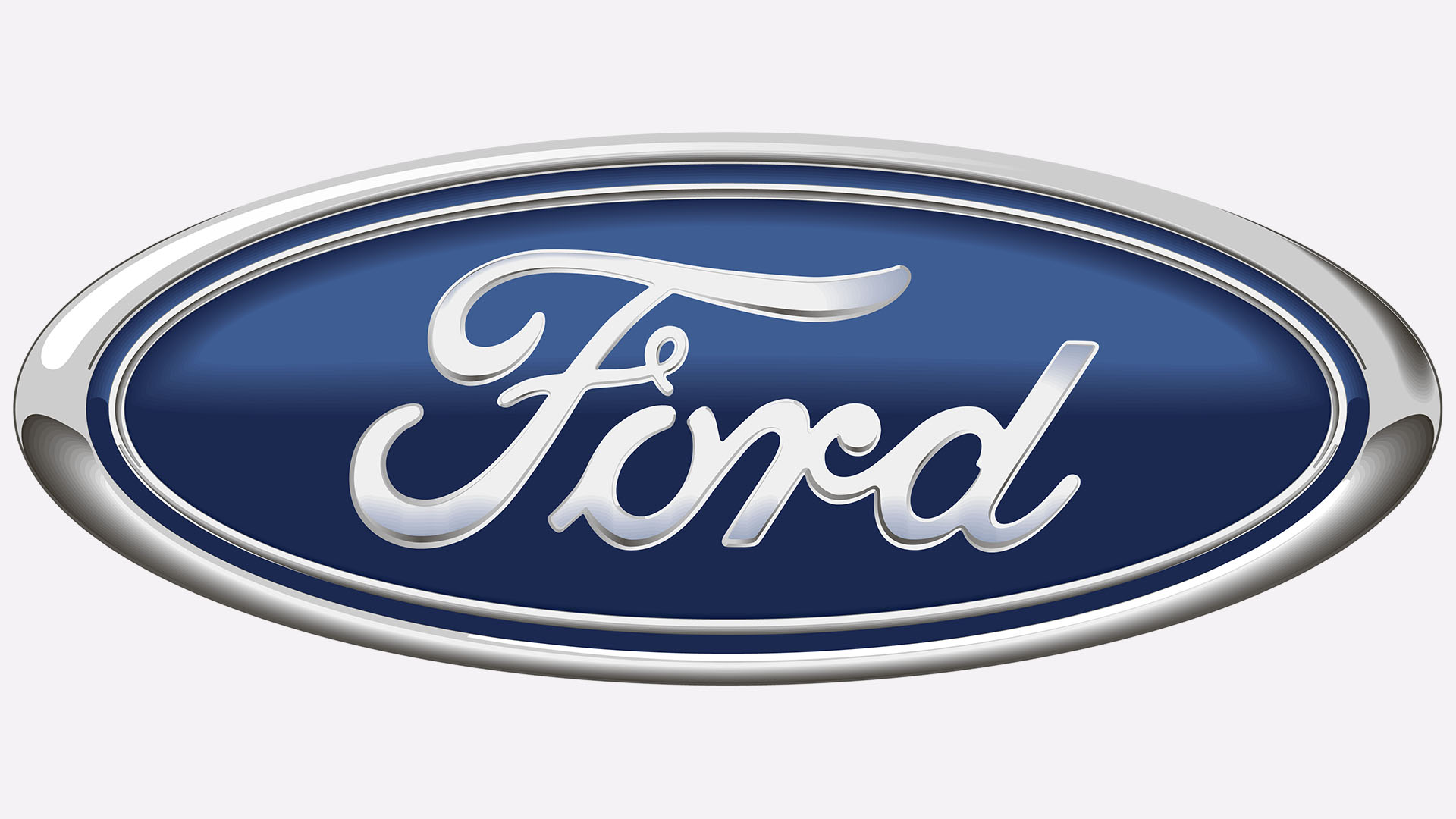
Interior:
- Jeep Wrangler: The Wrangler’s interior, while significantly modernized over the years, retains a focus on durability and functionality. It features robust materials, often with water-resistant surfaces, and controls designed to be used even with gloves on. While higher trims offer more creature comforts and larger screens (up to 12.3-inch Uconnect 5), the overall feel remains true to its utilitarian roots. Storage solutions are practical, and the upright seating position provides excellent outward visibility.
- Ford Bronco: The Bronco’s interior strikes a balance between ruggedness and modern comfort. It boasts a more car-like dashboard design, featuring larger infotainment screens (up to 12-inch SYNC 4) and digital instrument clusters. Materials are durable, but there’s a greater emphasis on soft-touch surfaces and thoughtful storage solutions. The design incorporates grab handles and a utilitarian aesthetic, but the overall fit and finish feel more premium and refined than the Wrangler, making it arguably more comfortable for daily driving.

III. Off-Road Prowess: Where the Rubber Meets the Trail
This is the ultimate proving ground for both vehicles, and while both are exceptionally capable, they achieve their feats through different engineering philosophies.
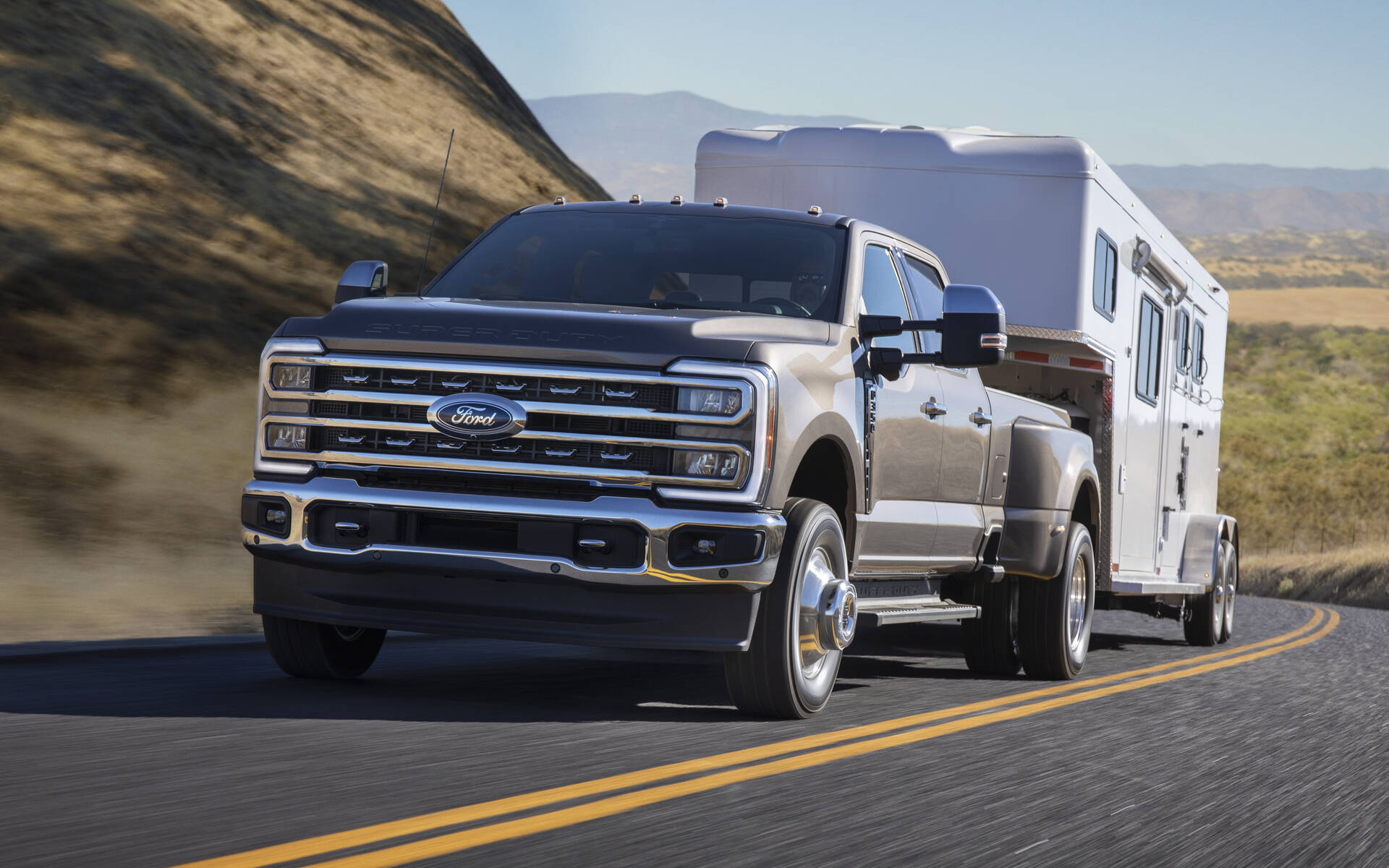
Key Metrics & Drivetrain:
- Ground Clearance: Both offer excellent ground clearance, especially with larger tire options. The Bronco Sasquatch package and Wrangler Rubicon/392/4xe variants lead the pack.
- Approach/Departure/Breakover Angles: These angles determine how easily a vehicle can navigate steep obstacles without scraping. Both vehicles boast impressive figures, often best in class.
- Water Fording Depth: Specific trims and packages for both vehicles are designed for significant water fording capabilities.
Suspension and Axles:
- Jeep Wrangler: The Wrangler’s enduring strength lies in its solid front and rear axles. This design allows for maximum articulation, meaning the wheels can move independently over uneven terrain, keeping all four tires on the ground for optimal traction. The Rubicon trim enhances this with electronic disconnecting sway bars, enabling even greater wheel travel, and front/rear locking differentials. Its strength is in slow, technical rock crawling.
- Ford Bronco: The Bronco utilizes an Independent Front Suspension (IFS) paired with a solid rear axle. The IFS provides a more comfortable ride on-road and better high-speed stability off-road, particularly in desert or trail conditions. For extreme off-roading, the Bronco offers an available semi-active hydraulic stabilizer bar disconnect, front and rear locking differentials, and multiple G.O.A.T. (Goes Over Any Type of Terrain) modes that optimize throttle, transmission, steering, and 4×4 settings. While its IFS may offer less articulation than a solid front axle in some extreme rock-crawling scenarios, its capabilities are still immensely impressive.
Off-Road Technology:
- Jeep Wrangler: Features include Selec-Speed Control (off-road cruise control), various 4×4 systems (Command-Trac, Selec-Trac, Rock-Trac), and an available integrated off-road camera.
- Ford Bronco: Boasts Trail Control (off-road cruise control), Trail Turn Assist (reduces turning radius by braking an inner wheel), One-Pedal Drive (simplifies throttle/brake control on difficult terrain), and a 360-degree camera system with specific off-road views.
Conclusion on Off-Road:
- Wrangler: Often preferred by purists and those who prioritize maximum articulation for extreme rock crawling and slow, technical trails. Its solid axles are legendary for their ruggedness and simplicity.
- Bronco: Excels in higher-speed off-roading, desert running, and general trail exploration where its IFS provides superior comfort and stability. It’s incredibly capable and offers a compelling package for a wide range of off-road adventures.
IV. On-Road Performance and Daily Driving: The Commute Test
While built for the wild, most owners will spend significant time on paved roads.
- Jeep Wrangler: The Wrangler’s on-road manners have improved significantly over the years, but its solid axles and upright stance still result in a somewhat truck-like ride. There’s more body roll in corners, and steering can feel a bit vague. Wind noise is noticeable, especially with soft tops. While perfectly capable as a daily driver, it requires more driver input and doesn’t offer the same level of refinement as a conventional SUV.
- Ford Bronco: Thanks to its Independent Front Suspension, the Bronco offers a noticeably more refined and comfortable on-road experience. It handles corners with less body roll, and the steering is more precise. The cabin is quieter, and the ride is smoother, absorbing bumps more effectively. For those who prioritize a comfortable daily commute or long road trips interspersed with off-road adventures, the Bronco generally holds an advantage here.
V. Engine Options and Performance
Both vehicles offer a diverse range of powertrains to suit different needs and preferences.
Jeep Wrangler Engine Options:
- 2.0L Turbo I4: 270 horsepower, 295 lb-ft of torque. Good balance of power and efficiency.
- 3.6L Pentastar V6: 285 horsepower, 260 lb-ft of torque. A proven, reliable engine, often paired with a manual transmission option.
- 2.0L 4xe PHEV (Plug-in Hybrid): 375 horsepower, 470 lb-ft of torque. Combines electric power with the turbo-four for impressive torque and efficiency, plus silent electric off-roading.
- 6.4L HEMI V8 (Rubicon 392): 470 horsepower, 470 lb-ft of torque. For ultimate performance, this V8 transforms the Wrangler into a roaring beast.
Ford Bronco Engine Options:
- 2.3L EcoBoost I4: 300 horsepower, 325 lb-ft of torque (premium fuel). Strong base engine, good for general use.
- 2.7L EcoBoost V6: 330 horsepower, 415 lb-ft of torque (premium fuel). Provides significantly more power and torque, ideal for more demanding off-roading or towing.
- 3.0L EcoBoost V6 (Bronco Raptor): 418 horsepower, 440 lb-ft of torque. Exclusive to the high-performance Raptor, designed for high-speed desert running.
Performance Comparison:
The Bronco’s standard engines generally offer more power and torque than the Wrangler’s base options. However, the Wrangler counters with the highly efficient and torquey 4xe hybrid, and the absolute raw power of the Rubicon 392 V8. The Bronco Raptor is a specialized high-speed off-road machine, while the Rubicon 392 is a more all-around performance off-roader.
VI. Modularity, Customization, and Aftermarket
Both the Bronco and Wrangler are designed for customization, making them incredibly popular platforms for enthusiasts.
- Jeep Wrangler: With decades of history, the Wrangler boasts an enormous and well-established aftermarket ecosystem. Thousands of companies produce everything from lift kits and bumpers to intricate interior accessories. Owners can truly make their Wrangler unique, and the community support is vast. The simple, robust design makes it relatively easy for owners to modify their vehicles.
- Ford Bronco: While newer, Ford designed the Bronco with customization in mind from the ground up. It features integrated accessory mounts, pre-wired auxiliary switches, and an extensive catalog of official Ford accessories. The aftermarket for the Bronco is rapidly growing, with many companies quickly developing parts and accessories. The frameless doors are a unique feature, designed to be lighter and easier to remove, though they don’t store on board like some Wrangler door options.
Both vehicles excel in this area, offering unparalleled opportunities for personalization and performance upgrades. The Wrangler has a head start due to its longer history, but the Bronco is catching up rapidly.
VII. Practical Considerations: Price, Trims, and Value
Both vehicles come in a wide array of trims, offering different levels of capability, luxury, and price points. It’s important to note that prices are approximate MSRPs and can vary significantly based on trim, options, dealer markups, and location.
| Feature/Trim | Ford Bronco (2-Door) | Ford Bronco (4-Door) | Jeep Wrangler (2-Door) | Jeep Wrangler (4-Door – Unlimited) |
|---|---|---|---|---|
| Base Price (MSRP) | ~$35,890 (Big Bend) | ~$37,980 (Big Bend) | ~$32,095 (Sport) | ~$36,295 (Sport) |
| Mid-Range | ~$40,000 – $55,000 (Black Diamond, Outer Banks, Badlands) | ~$42,000 – $57,000 (Black Diamond, Outer Banks, Badlands) | ~$38,000 – $48,000 (Willys, Sahara, Rubicon) | ~$40,000 – $50,000 (Willys, Sahara, Rubicon) |
| Top-Tier Off-Road | N/A (Most extreme trims are 4-door only) | ~$60,000 – $90,000+ (Wildtrak, Everglades, Raptor) | ~$50,000+ (Rubicon) | ~$53,000 – $90,000+ (Rubicon, Rubicon 392, 4xe) |
| Key Engines | 2.3L EcoBoost I4, 2.7L EcoBoost V6 | 2.3L EcoBoost I4, 2.7L EcoBoost V6, 3.0L EcoBoost V6 (Raptor) | 2.0L Turbo I4, 3.6L V6, 6.4L HEMI V8 (392), 2.0L 4xe PHEV | 2.0L Turbo I4, 3.6L V6, 6.4L HEMI V8 (392), 2.0L 4xe PHEV |
| Notable Trims | Big Bend, Black Diamond, Outer Banks, Badlands, Wildtrak, Everglades, Heritage | Big Bend, Black Diamond, Outer Banks, Badlands, Wildtrak, Everglades, Heritage, Raptor | Sport, Sport S, Willys, Sahara, Rubicon, Rubicon 392 | Sport, Sport S, Willys, Sahara, Rubicon, Rubicon 392, 4xe |
| Removable Doors/Roof | Yes (Frameless doors) | Yes (Frameless doors) | Yes (Full doors) | Yes (Full doors) |
| Front Suspension | Independent Front Suspension (IFS) | Independent Front Suspension (IFS) | Solid Axle | Solid Axle |
| Rear Suspension | Solid Axle | Solid Axle | Solid Axle | Solid Axle |
Disclaimer: Prices are approximate starting MSRPs for current model years and are subject to change based on trim level, options, packages, market demand, and dealer pricing. Please check official manufacturer websites for the most up-to-date information.
Both vehicles tend to hold their resale value exceptionally well, a testament to their desirability and niche appeal. The sheer variety of trims means there’s a Bronco or Wrangler for nearly every budget and intended use, from basic two-door models to fully loaded, extreme off-road monsters.
Frequently Asked Questions (FAQ)
Q: Which is better for daily driving, the Bronco or Wrangler?
A: The Ford Bronco generally offers a more comfortable and refined on-road driving experience due to its independent front suspension, which provides better handling and a smoother ride.
Q: Which is better for extreme rock crawling?
A: For pure, slow-speed rock crawling and maximum articulation, many purists and experienced off-roaders still favor the Jeep Wrangler, particularly the Rubicon trim, due to its solid front and rear axles.
Q: Which is more customizable?
A: The Jeep Wrangler has a longer history and therefore a more extensive and mature aftermarket, offering an unparalleled range of customization options. However, the Ford Bronco’s aftermarket is growing rapidly, and Ford designed it to be highly modular from the start.
Q: Does the Ford Bronco have solid axles?
A: The Ford Bronco has an independent front suspension (IFS) and a solid rear axle. This differs from the Jeep Wrangler, which traditionally uses solid axles both front and rear.
Q: Is the Bronco reliable?
A: As a newer vehicle, long-term reliability data for the new Bronco is still accumulating. Early models had some reported issues, but Ford has been addressing them. Jeep Wranglers have a generally good reputation for mechanical robustness, though some specific components or early models have had their quirks.
Q: What’s the difference between the Ford Bronco and Ford Bronco Sport?
A: The Ford Bronco (the subject of this article) is a body-on-frame, highly capable off-road SUV designed to directly compete with the Jeep Wrangler. The Ford Bronco Sport is a smaller, unibody crossover SUV based on the Ford Escape platform, designed for lighter off-road duties and urban practicality.
Q: Which holds its value better?
A: Both the Ford Bronco and Jeep Wrangler have historically held their resale value exceptionally well, often among the best in the automotive industry, due to high demand and their unique capabilities.
Concluding Summary
The Ford Bronco and Jeep Wrangler represent two formidable choices in the off-road segment, each with a distinct personality and approach. The Jeep Wrangler, with its unbroken lineage and unwavering commitment to solid-axle capability, remains the quintessential choice for the off-road purist who values maximum articulation and a raw, connected driving experience. It’s a testament to timeless design and uncompromised ruggedness.
The Ford Bronco, on the other hand, masterfully blends its iconic heritage with modern engineering. It offers a highly capable off-road package, particularly excelling in high-speed trail running and comfortable daily driving, thanks to its independent front suspension and more refined interior. It appeals to those who want extreme capability without sacrificing modern comforts and on-road manners.
Ultimately, the "better" vehicle depends entirely on your priorities. Do you crave the unadulterated, uncompromised off-road experience of the Wrangler, or do you prefer the Bronco’s blend of rugged capability with a more refined on-road demeanor? Both are exceptional machines, built for adventure. The best way to decide is to get behind the wheel of each, experience their unique characteristics firsthand, and let the trails themselves help you make your choice. The competition is fierce, and for off-road enthusiasts, that’s a win-win situation.

